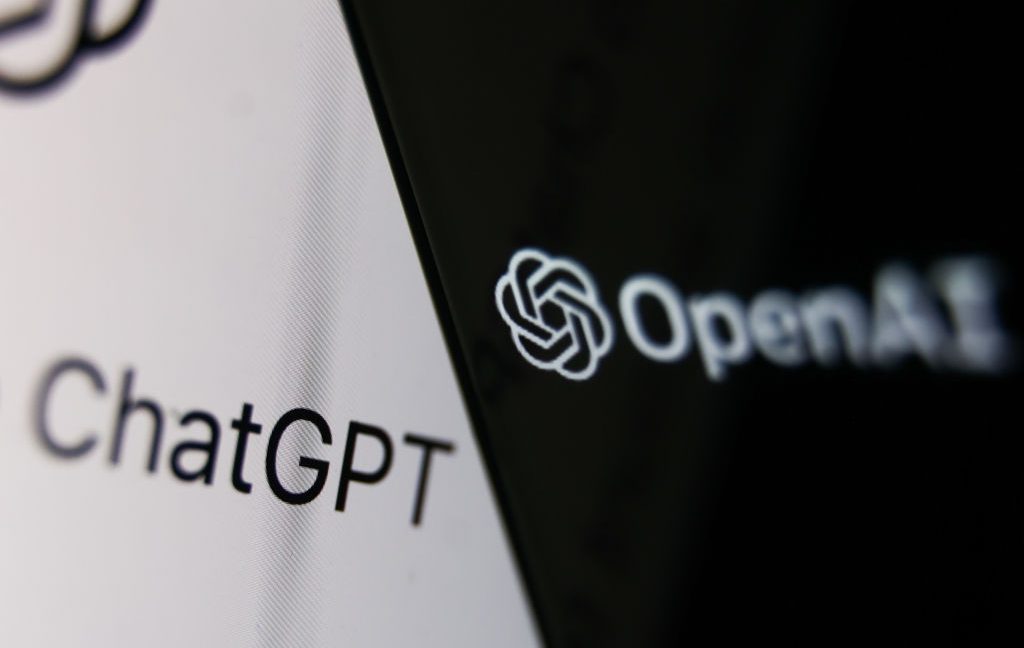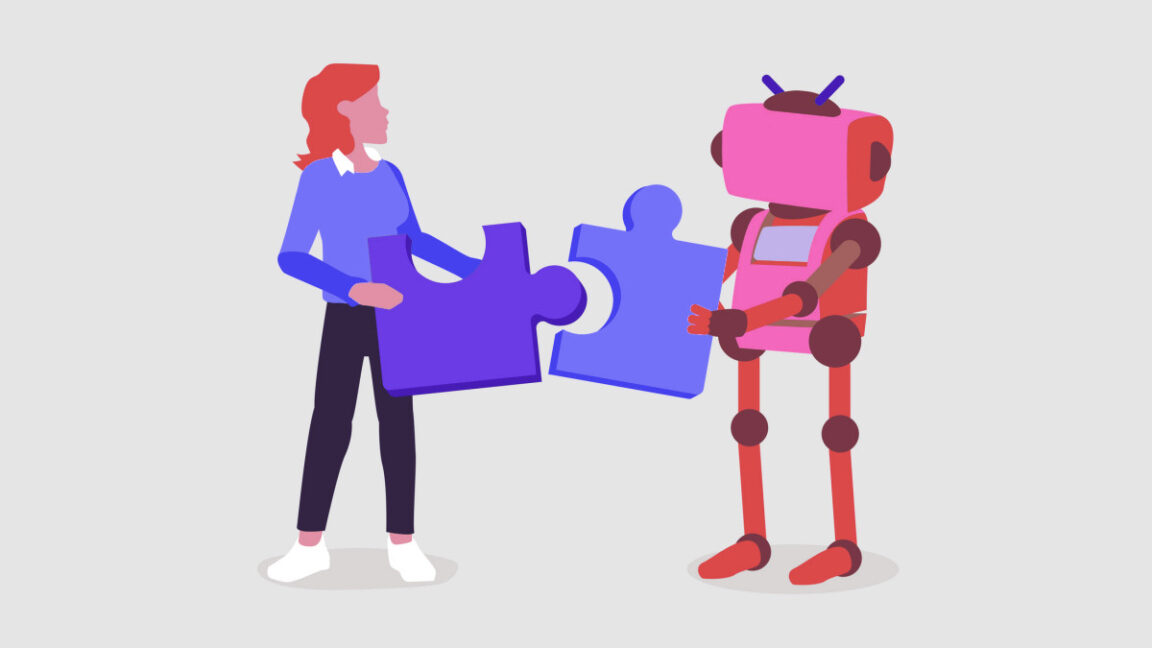As GPT-5 becomes the default, ChatGPT power users miss their GPT-4o companion

Months of anticipation culminated in the debut of GPT-5, and it’s already rolling out broadly across ChatGPT. For many long-time users, though, the handoff feels jarring. After getting used to the personality and rhythm of earlier GPT-4 era models, the new default comes across as different in all the ways that matter to people who chat with it daily.
Older models like GPT-4o haven’t vanished entirely, but casual ChatGPT access is no longer the place to find them. They’ve been relegated to developer-facing tools, which means everyday users who built routines and rapport around GPT-4o are being funneled to GPT-5 whether they’re ready or not.
Across community forums and social media, devoted chatters describe a surprising sense of loss. Some say the swap feels like losing a familiar companion in favor of a more formal help-desk agent. Ironically, a portion of the outrage posts themselves appear to be drafted with AI—proof that even the critics are still deeply entangled with generative tools.
Beyond the emotional whiplash, practical gripes are bubbling up. People who refined prompts and workflows for GPT-4o report that the same recipes now produce flatter, more literal outputs in GPT-5. The new model’s tone gets characterized as buttoned-up and procedural—more efficient assistant than imaginative co-creator—with a few calling it the “overworked secretary” era for ChatGPT. A community Q&A with OpenAI leadership has been lined up, and many questions zero in on why conversational access to GPT-4o disappeared so abruptly.
Another flashpoint is usage limits on the free tier, which users say they hit faster than before. That friction nudges people toward paid plans like Plus and Pro. Running frontier models is expensive, so it’s plausible the wider GPT-5 rollout is designed to boost revenue. At the same time, OpenAI can point to benchmark results that rate GPT-5 more capable than its predecessor, especially on analysis-heavy tasks.
Goodbye, AI buddy—hello, corporate tone
ChatGPT has always walked a tightrope between helpful tool and friendly presence. The company has occasionally pushed too far into friendliness; a recent tuning pass that made the bot overly deferential and fawning was quickly rolled back after user backlash. Still, that generally warm vibe mattered to a lot of people. Many users crafted custom instructions and rituals that turned the model into a steady, companion-like presence. GPT-5, by contrast, feels more restrained and less effusively creative.
For some, the change reads like a colleague replacing a friend.
There are real reasons to be cautious about deepening emotional bonds with chatbots. As models are optimized for engagement, they tend to prioritize responses that make people feel seen and validated. The result can be interactions that inadvertently reinforce unfounded beliefs, exacerbate vulnerabilities, and even steer people toward risky health or lifestyle choices. Whether or not you personally chat casually with AI, there’s a sizable audience that does—and they’re feeling this shift acutely.
So is GPT-5 safer? Early impressions suggest a more corporate, less effusive style that some interpret as guardrails tightening. Many power users don’t enjoy the outputs as much for creative work, even if GPT-5 appears stronger as an analyst, researcher, or organizer. That trade-off could prove healthy in the long run—for both user well-being and the platform’s sustainability—but it also means an adjustment period for anyone who bonded with GPT-4o.
Those turned off by GPT-5’s straightforward manner have options. Competing models lean harder into personality and role-play, sometimes pushing the boundaries of taste and safety. That approach might scratch the “AI friend” itch, but it comes with obvious caveats and risks.
In the near term, dissatisfied ChatGPT users can try a few things: revisit custom instructions to coax a warmer style, explore the API if they truly need GPT-4o-like behavior for specific workflows, or sample alternative platforms with eyes wide open about their trade-offs. With a community Q&A underway and feedback pouring in, it wouldn’t be surprising to see more tuning controls or model access options reappear. Until then, GPT-5 looks set to be ChatGPT’s new normal—smarter on paper, steadier at work, and less like the chatty companion many had grown to love.



